Timing is Everything – Even When It Comes to Your Child’s Orthodontic Treatment
Getting an early orthodontic treatment for your child, also known as interceptive treatment, is crucial when some baby teeth are still present. The American board of orthodontists recommend a first orthodontic evaluation by age seven or upon identifying an orthodontic issue. This age is significant because it allows orthodontists to assess emerging permanent teeth and jaw development, providing comprehensive insights into potential dental concerns.
Our orthodontists are trained to detect subtle issues in young children.
Common Problems Treated with Childhood orthodontic care
Orthodontists may suggest early orthodontic intervention for the following conditions while a child still has some baby teeth:
- Underbites – where the lower front teeth protrude beyond the upper front teeth
- Crossbites – characterized by a lateral shift of the jaw
- Severely crowded teeth
- Excessively spaced teeth
- Extra or missing teeth
- Teeth that meet abnormally or do not meet at all
- Thumb, finger, or pacifier sucking that impacts dental or jaw growth
These issues can be congenital or result from injuries, dental diseases, or unusual swallowing patterns.
Importance of Early Treatment
While many parents recognize the significance of orthodontic treatment and braces during the teen years to prevent cosmetic or oral health issues, Childhood orthodontic care (phase I) can be equally crucial. Early intervention aims to address and prevent improper growth and alignment of permanent teeth in young children. The primary objectives often include resolving skeletal issues with the jaw and alignment before or shortly after the emergence of permanent teeth.
What is Childhood orthodontic care
Early treatment, or phase I treatment, is designed for young children who still have primary teeth to avert improper growth and alignment of permanent teeth. Depending on what problems are present, palatal expanders, braces or expanders may be used.. The primary goal is to address skeletal concerns with the jaw and alignment early on.
How Orthodontic pre-treatment Works
Early orthodontic treatment can involve various approaches. Orthodontists may prescribe fixed or removable appliances to move teeth, adjust jaw positioning, or maintain tooth alignment to achieve desirable changes. Occasionally, extracting baby teeth can help encourage proper eruption of permanent teeth.
Regardless of the treatment approach, addressing orthodontic problems early can simplify correction. Delaying treatment until all permanent teeth have emerged or facial growth is nearly complete may complicate the correction process.
What Makes Orthodontic pre-treatment Necessary
Not all children require early treatment, but it can be essential for ensuring proper eruption of permanent teeth. Such problems as crowded, crooked, or gapped teeth can be prevented if the treatment is started at an early stage which can be at the age of seven years.
Why Visit an Experienced Orthodontist
If you want your child to have a proper dental profile that is healthy and aesthetically right, then see an orthodontist. No referral is necessary for an initial consultation and your initial consultation with an orthodontist at Celebrate Dental & Braces is free. An orthodontist will be able to detect any issues and suggest the correct course of action,
When to Consider Orthodontic pre-treatment
The American Academy of Pediatrics and the American Academy of Orthodontists recommend early orthodontics if a general dentist or orthodontist notes existing problems with the position of a child’s jaws or teeth after most of the permanent teeth have come through. They may also look for signs of malocclusion, biting issues, small or narrow jaws, or buck teeth.
They also found that early treatment can help lay the groundwork for phase II orthodontics so that the patient may not necessarily require metal braces or clear aligners in the future.
What Happens at the First Check-Up with Orthodontist
An initial check-up generally yields one of three outcomes:
- No treatment is deemed necessary.
- Treatment may be needed in the future, warranting periodic follow-ups as facial and jaw growth continues.
- Immediate treatment is required to address an existing problem.
While many orthodontic issues are best addressed after all permanent teeth have emerged, early intervention can be advantageous if the problem worsens over time. The goal is to intercept developing issues, eliminate underlying causes, guide facial and jaw bone growth, and create adequate space for incoming permanent teeth. A second phase of treatment may be necessary after all permanent teeth have erupted to achieve optimal positioning.
Children Who Do Not Require Orthodontic pre-treatment
It is crucial to note that not every child requires orthodontic treatment. Children without noticeable alignment issues may wait until phase II orthodontics for intervention. Consulting an orthodontist for a thorough examination and dental X-rays can determine if early treatment is beneficial.
What Age Should A Child Visit an Orthodontist
Orthodontists often recommend a check-up as early as six or seven years old. While many children do not need treatment until later, an early visit provides valuable insights into potential future needs and early interventions that may reduce the need for extensive treatment later.
Schedule a Consultation Appointment
To ascertain whether your child needs early treatment, consult an orthodontist specializing in pediatric dentistry. Contact us today to learn more or to begin the consultation process.








